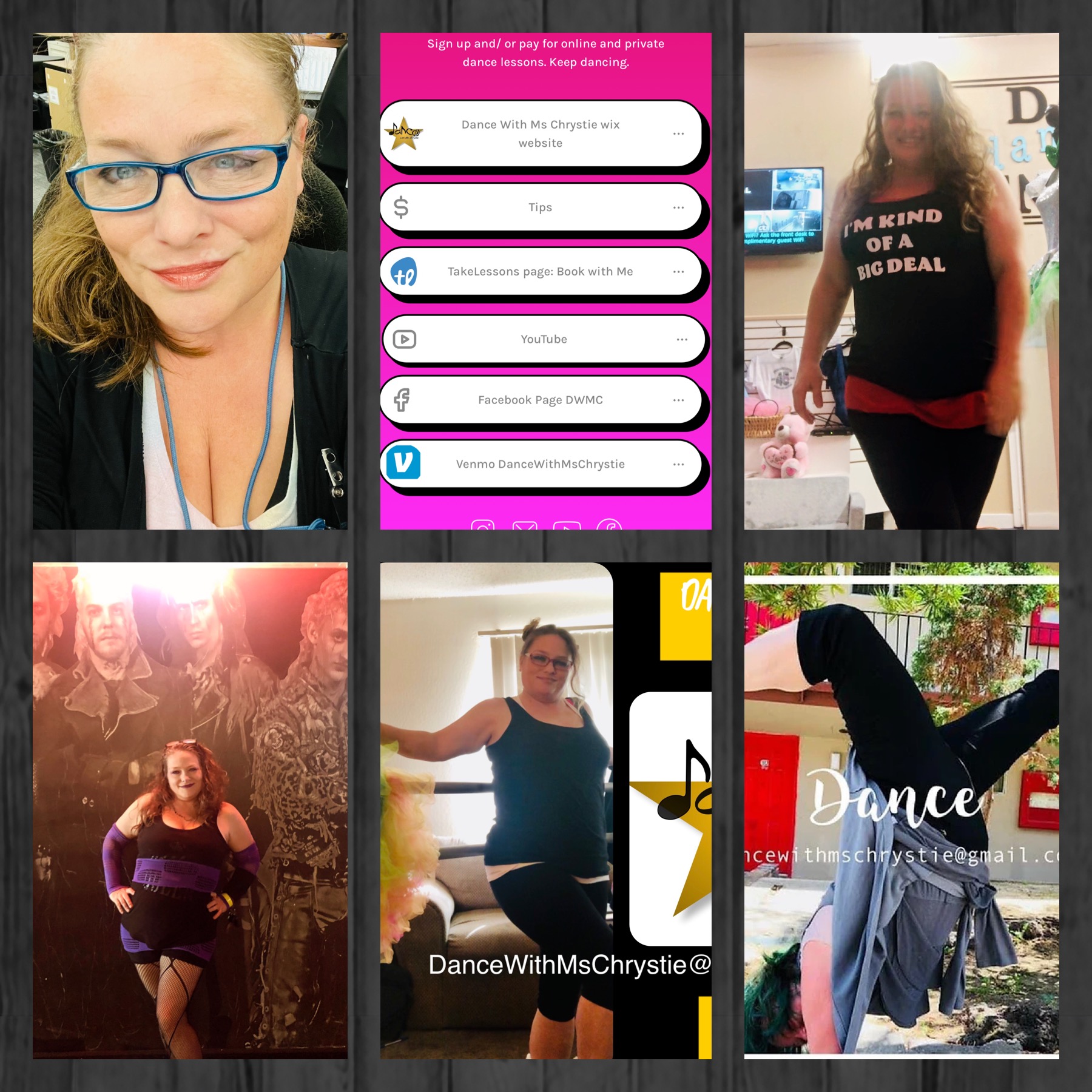Enhancing Preschool Creative Movement Dance: Strategies for Learning Through Games and Rhymes
- dancewithmschrystie

- Aug 12
- 3 min read
Creative movement dance classes for 2-4 year olds are a joyful way for children to explore movement and express themselves. These classes play a significant role in developing fine and gross motor skills, laying a foundation for future physical activity. As parents and caregivers, you can enrich your child's learning experience by incorporating entertaining activities at home. This post will explore effective strategies to support your child's creative movement journey through nursery rhymes and games.
Creative movement is an engaging form of dance that encourages children to discover their bodies and express emotions through movement. In preschool dance classes, children learn to coordinate their movements, develop rhythm, and express themselves creatively. These skills are vital for their overall development and can easily be nurtured at home. For example, allowing your child to dance freely to music can help them identify rhythms and improve their body awareness.
Fine motor skills involve the use of small muscles in the hands and fingers, while gross motor skills engage larger muscle groups for activities like running and jumping. Incorporating simple activities at home can significantly boost these skills.
For gross motor skills, create an obstacle course out of household items. Use cushions, chairs, and boxes to encourage your child to crawl, jump, and climb. For instance, set up a path where they have to leap over pillows or crawl under tables, mimicking movements learned in dance class. Research indicates that children who engage in regular physical activity have better motor skills and coordination.
Nursery rhymes present an excellent opportunity to blend music, movement, and learning. Choose a few of your child’s favorite rhymes and create movements based on the lyrics. For instance, when singing "The Itsy Bitsy Spider," encourage your child to imitate the spider climbing up the water spout. This engagement not only reinforces their memory but also allows them to practice creative and rhythmic movement. Studies show that children who engage with rhymes often have improved language skills and phonemic awareness, setting them up for success in reading.
Games can make learning fun and interactive. Here are two easy game ideas to keep your child engaged:
Simon Says: Adapt this classic with dance movements. For example, say "Simon says, jump like a frog" or "Simon says, spin around." This activity encourages careful listening while refining movement skills.
Freeze Dance: Play music and let your child dance freely. When the music stops, they must freeze in place. This game helps develop body control and awareness, essential components of creative movement.
These playful activities not only reinforce what your child learns in dance class but also create memorable bonding experiences.
Establish a designated area in your home for dance and movement activities. Transform a corner of your living room or a child's bedroom with soft mats, colorful decorations, and mirrors to help your child see their movements. Having a dedicated dance space encourages creativity and makes dance a regular part of their routine. You might notice that children who have a specific place to express themselves are more likely to engage in movement activities.

Enhancing your child's experience in creative movement dance classes can be a rewarding journey for both you and your little one. By incorporating nursery rhymes, engaging games, and a dedicated movement space at home, you can support their fine and gross motor skills while fostering a love for dance. Keep the experience light-hearted and enjoyable, allowing them to explore their creativity and express themselves freely. Your encouragement will help them thrive on their dance journey!





Comments